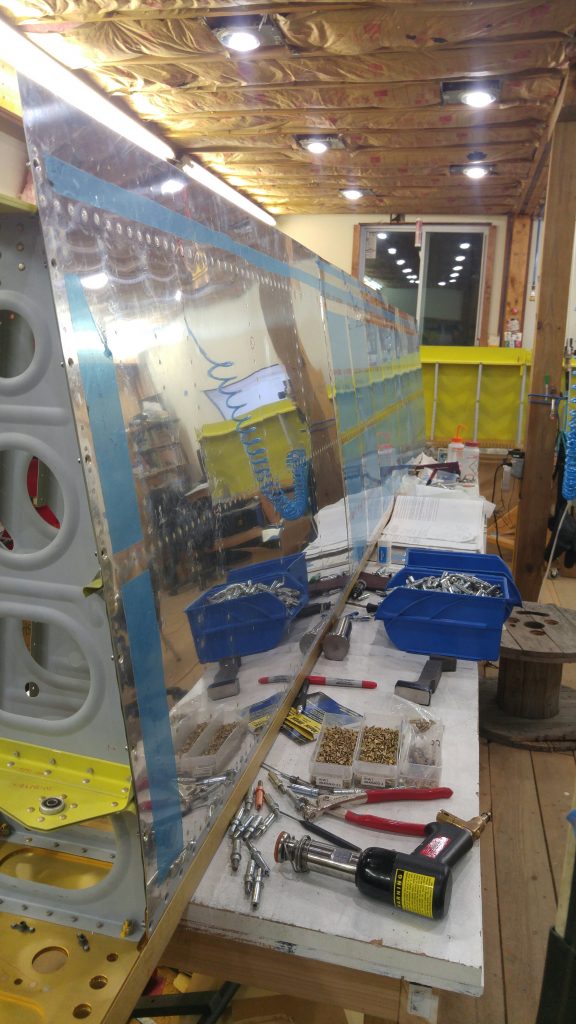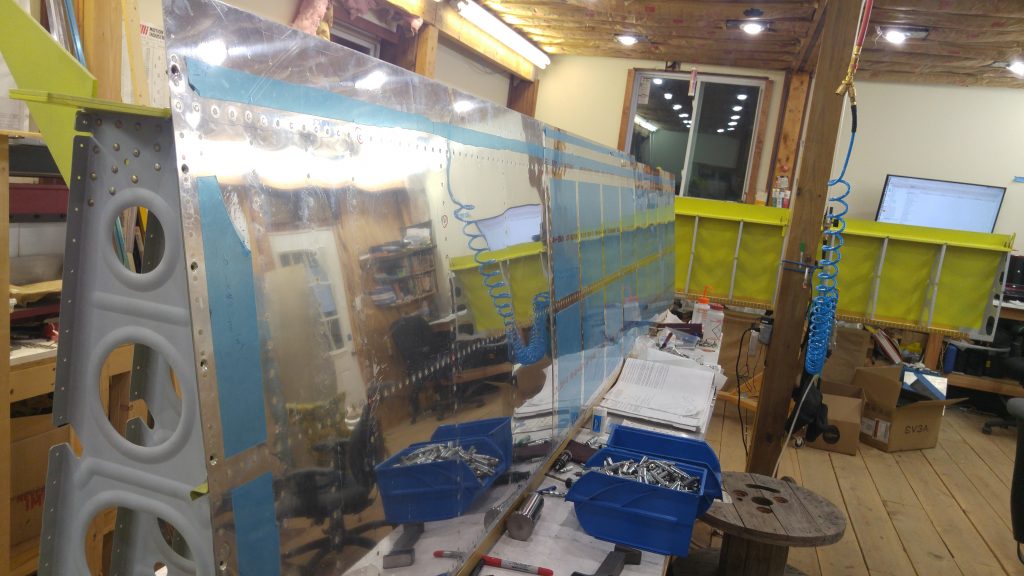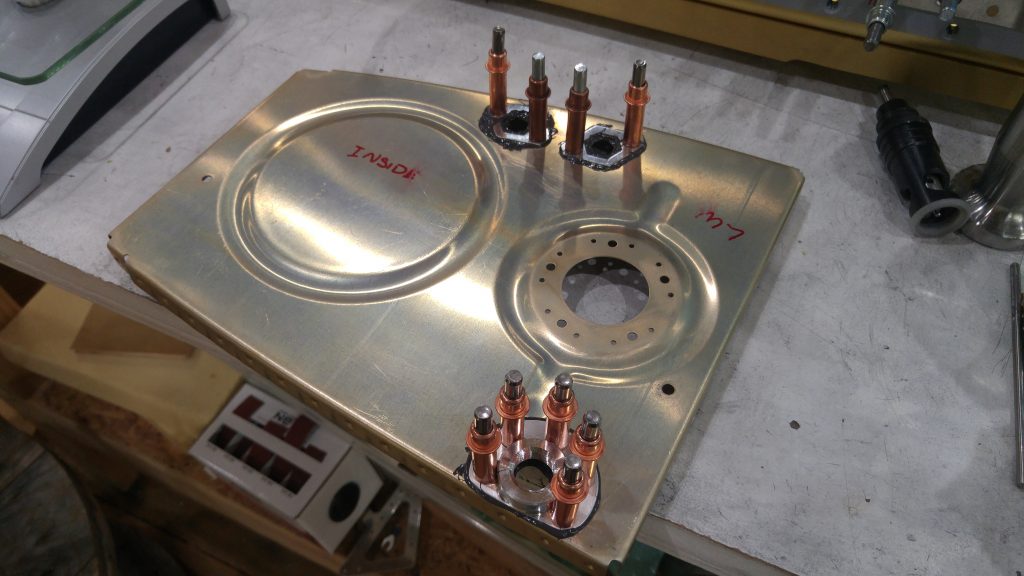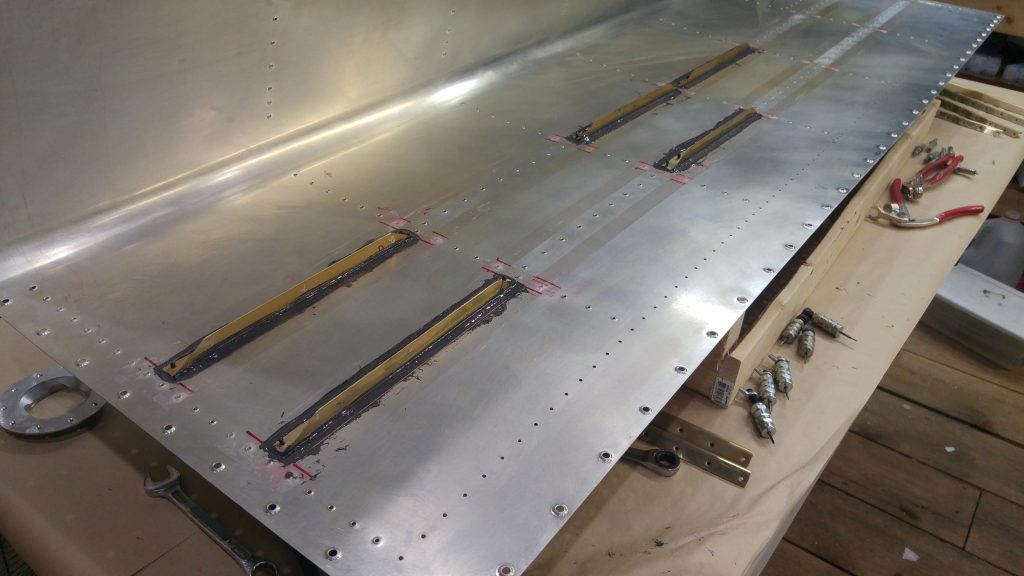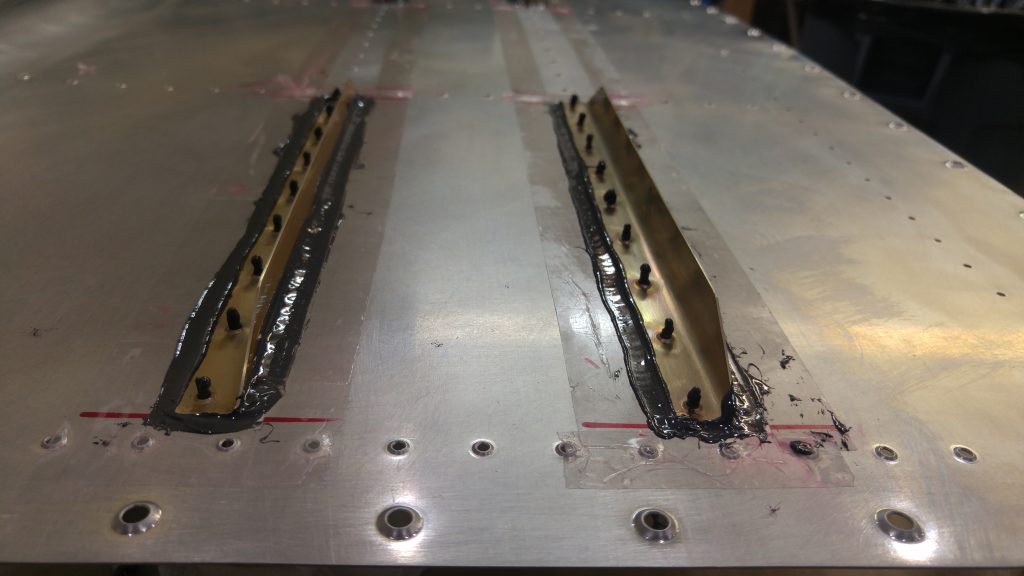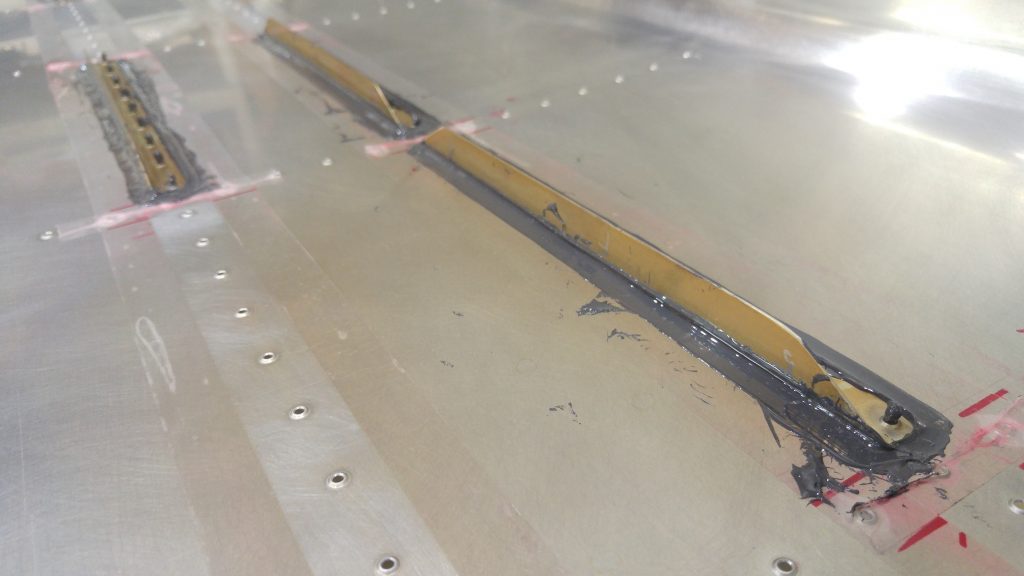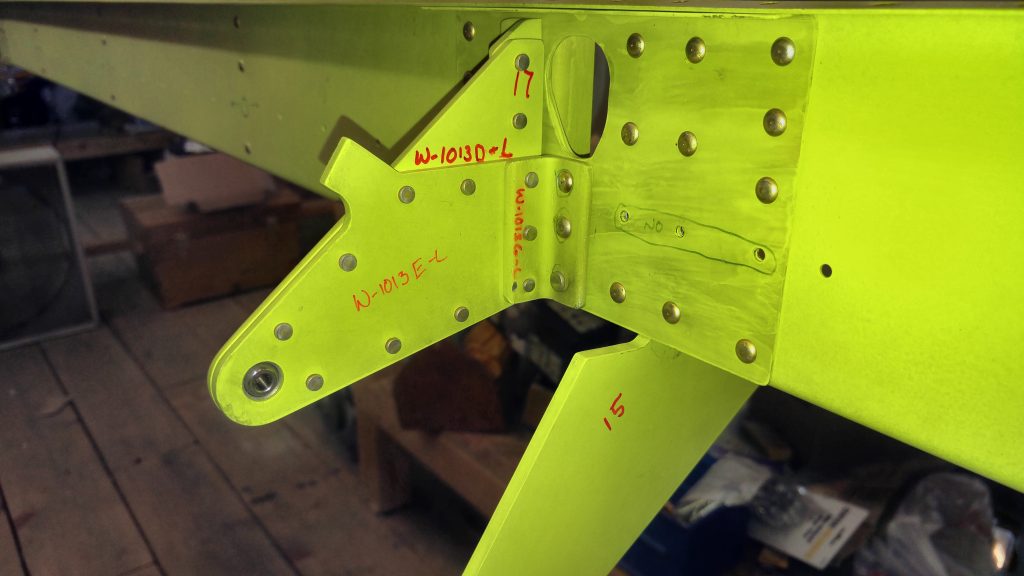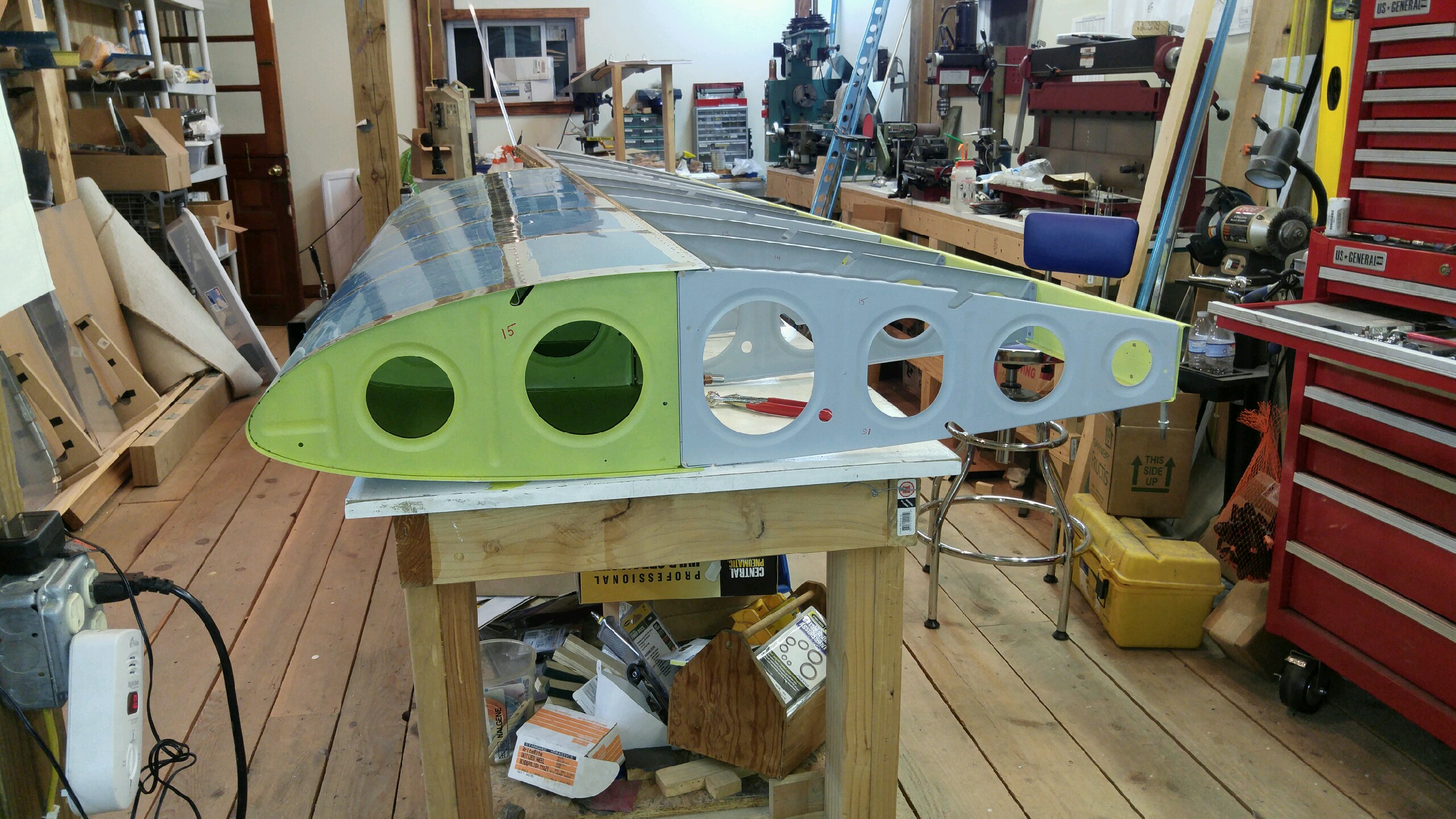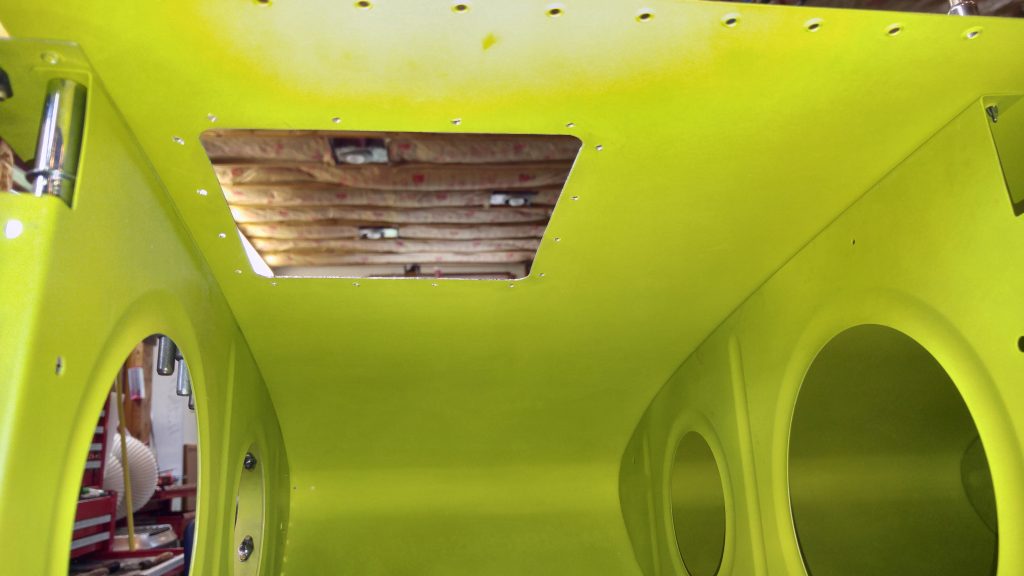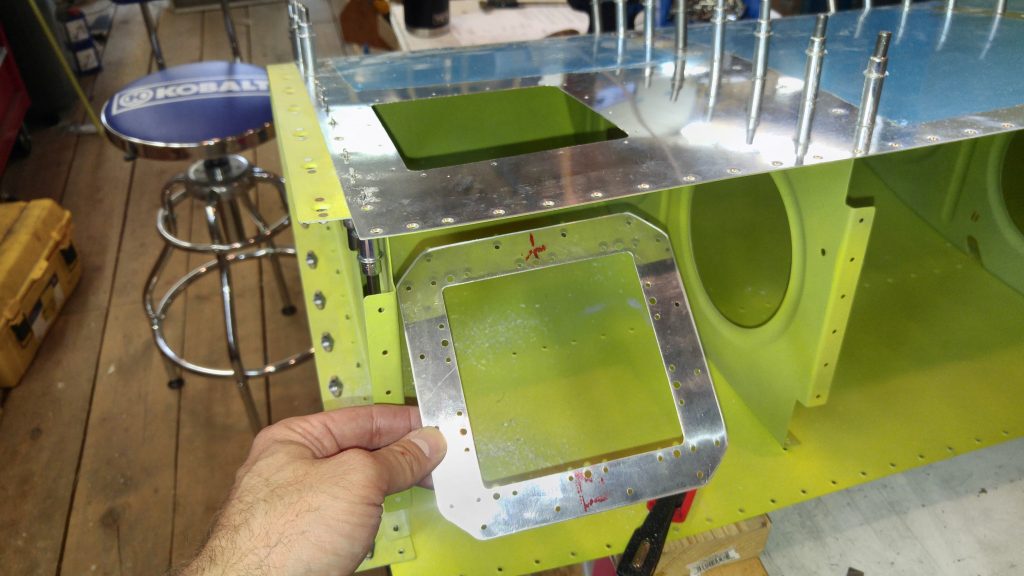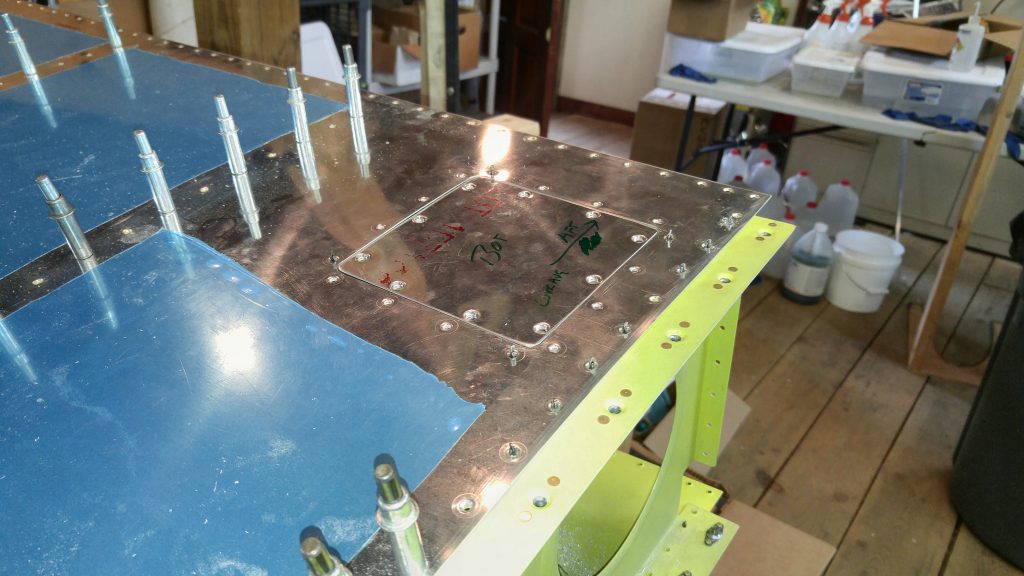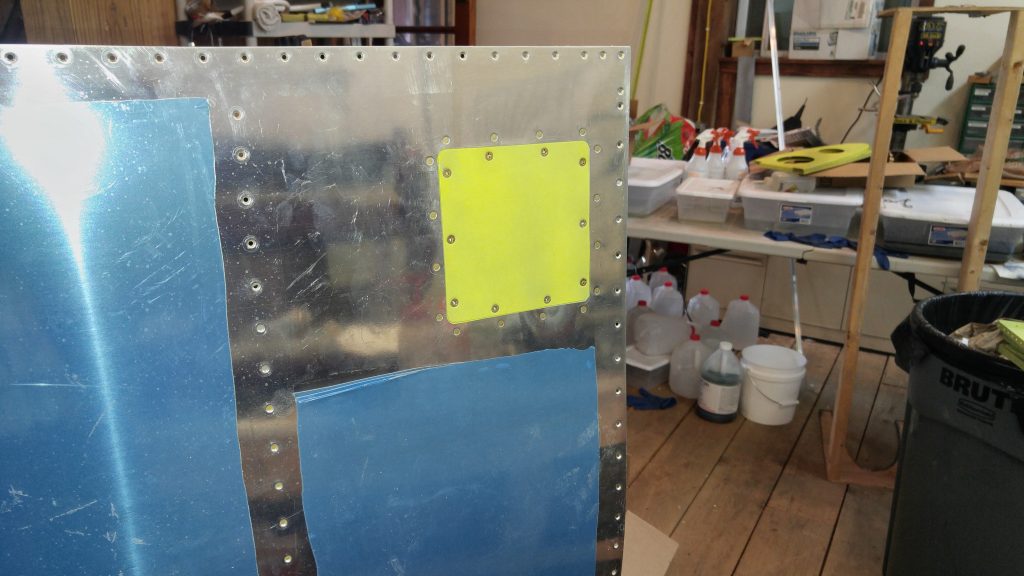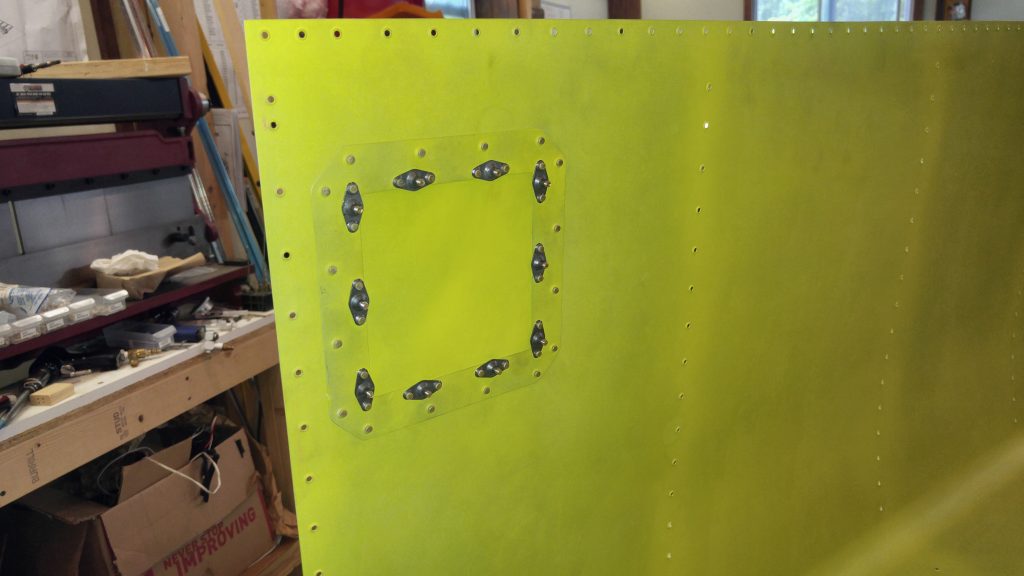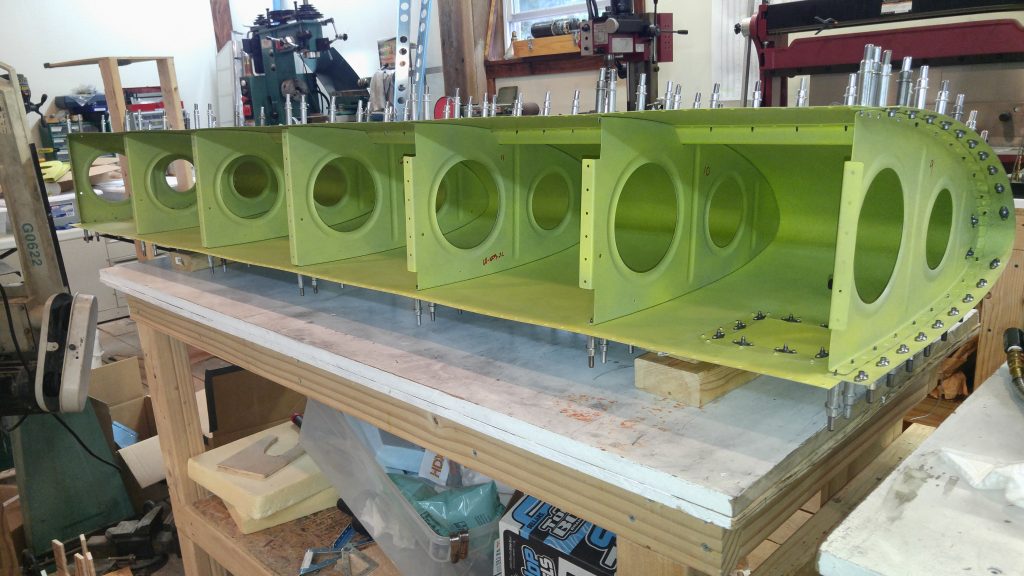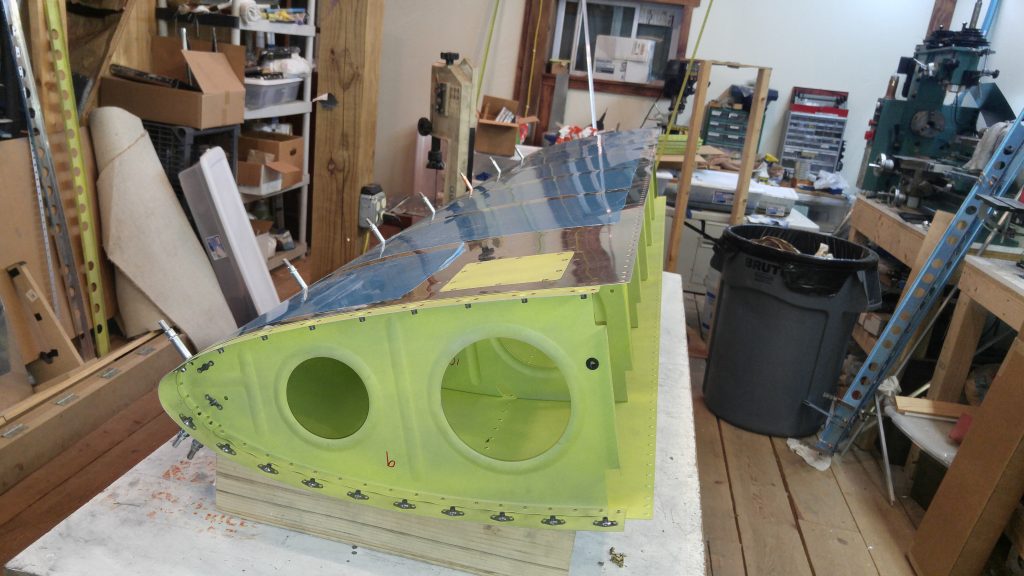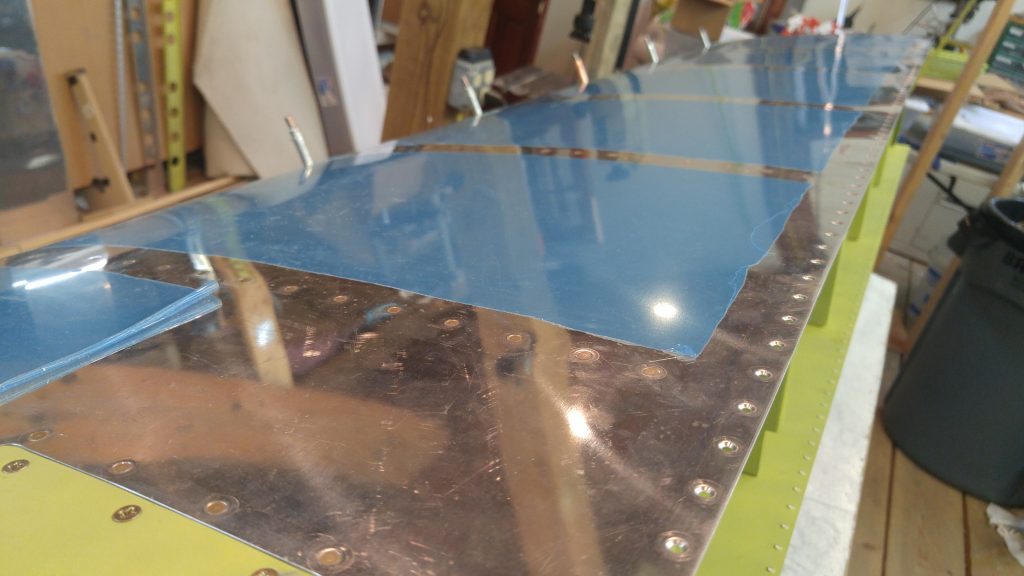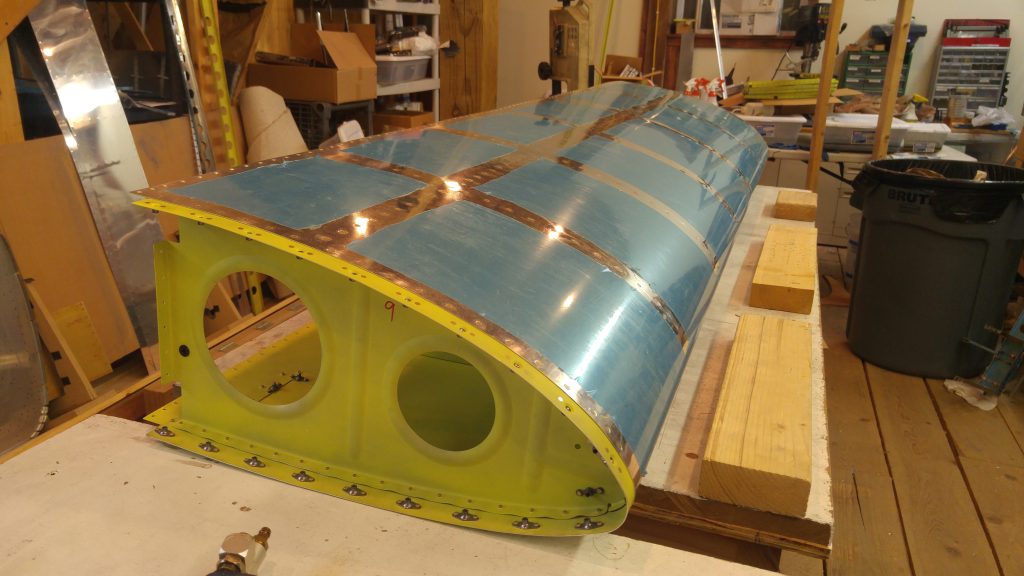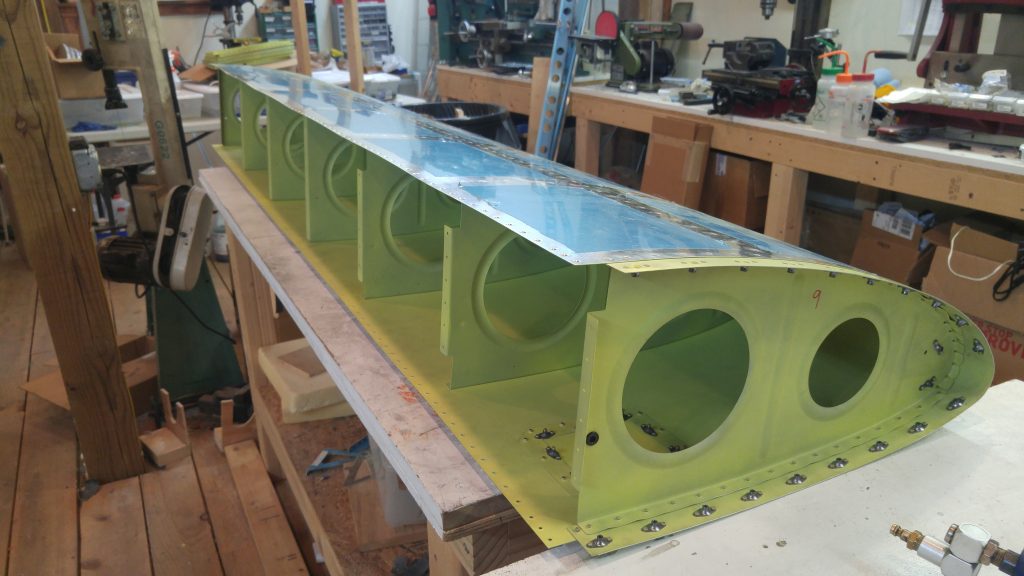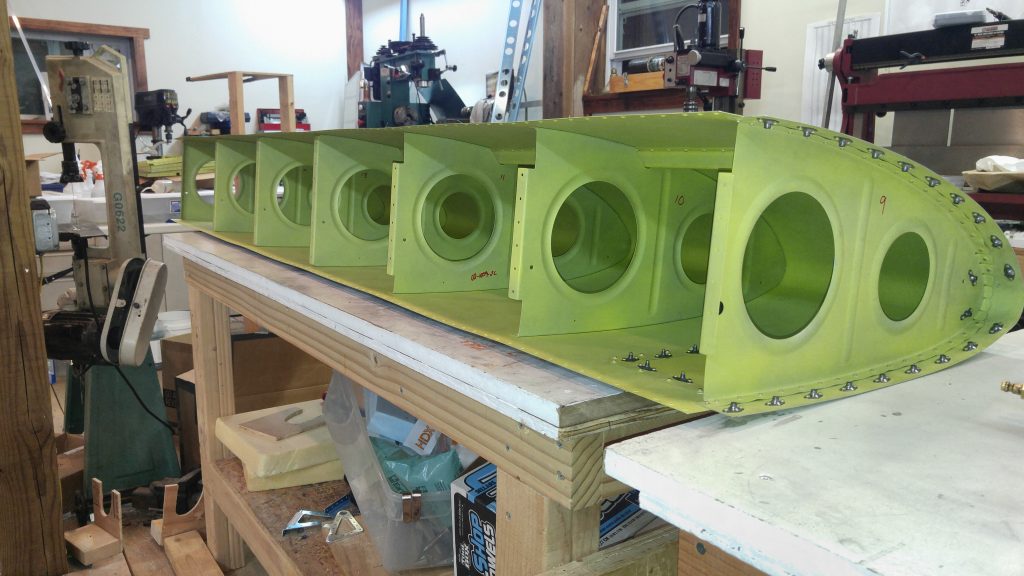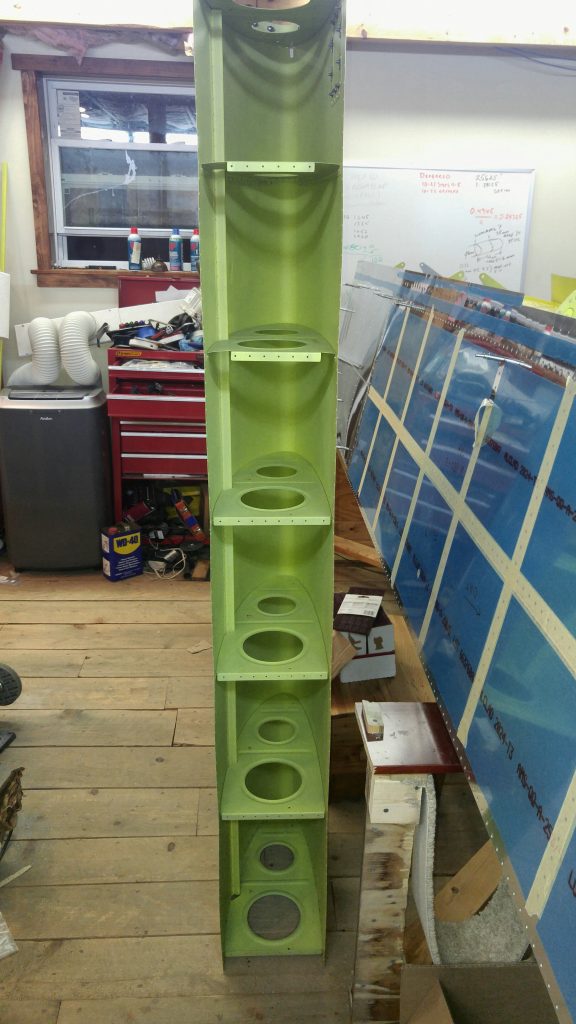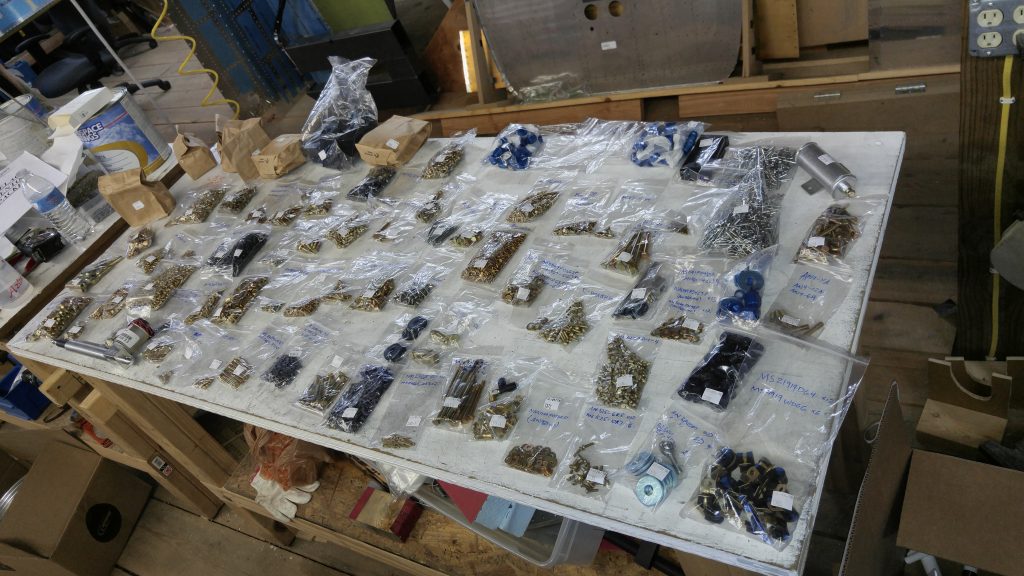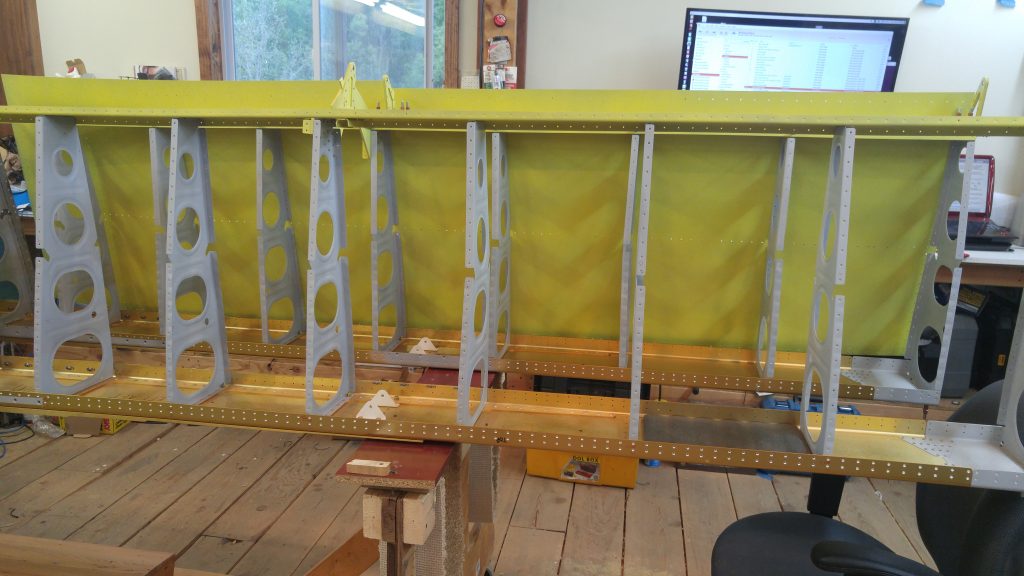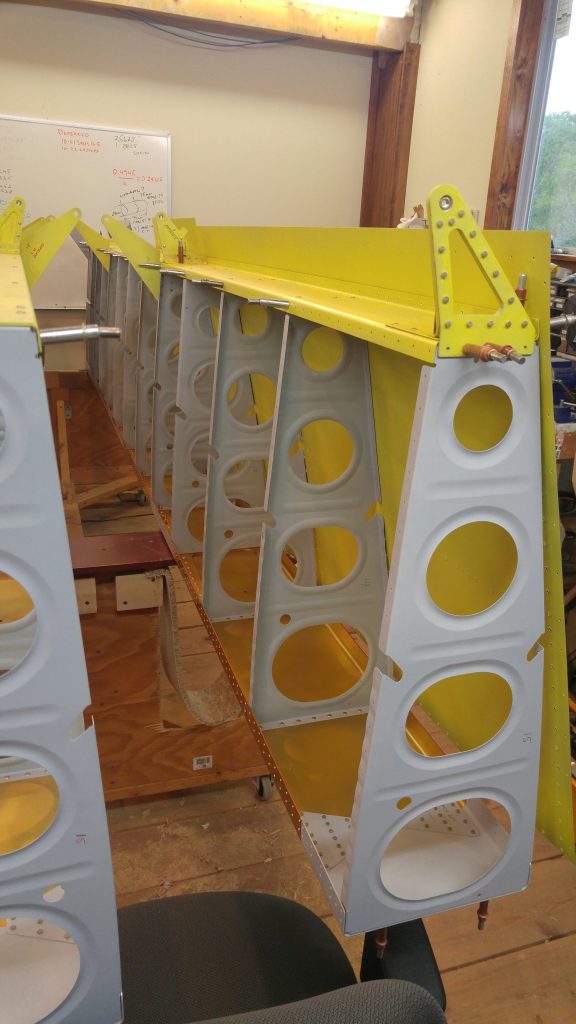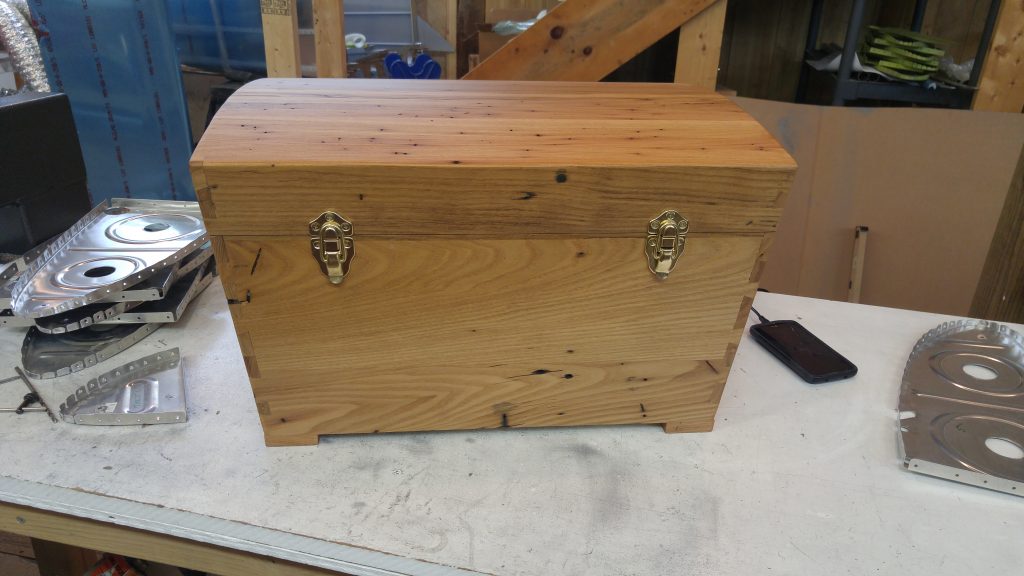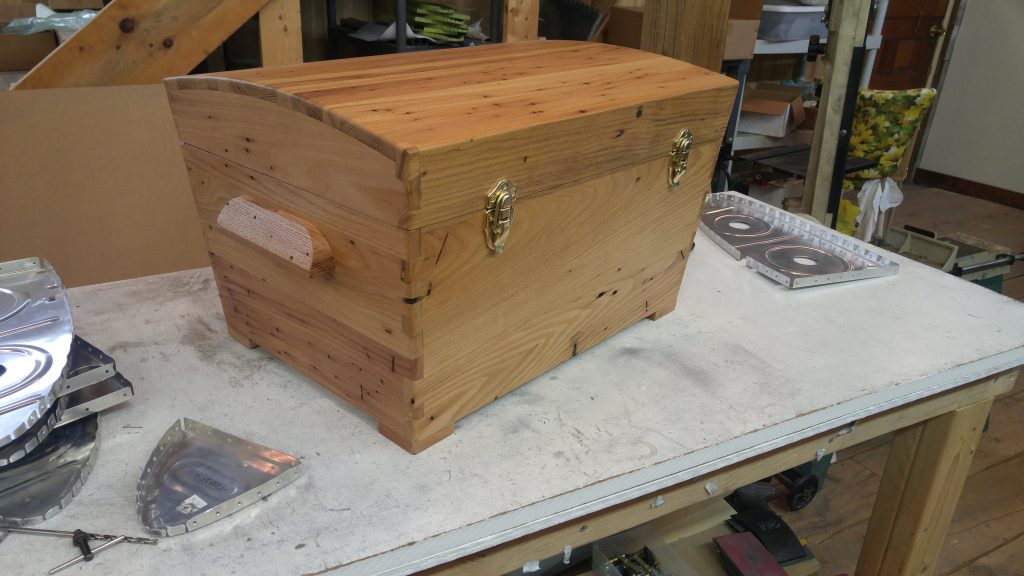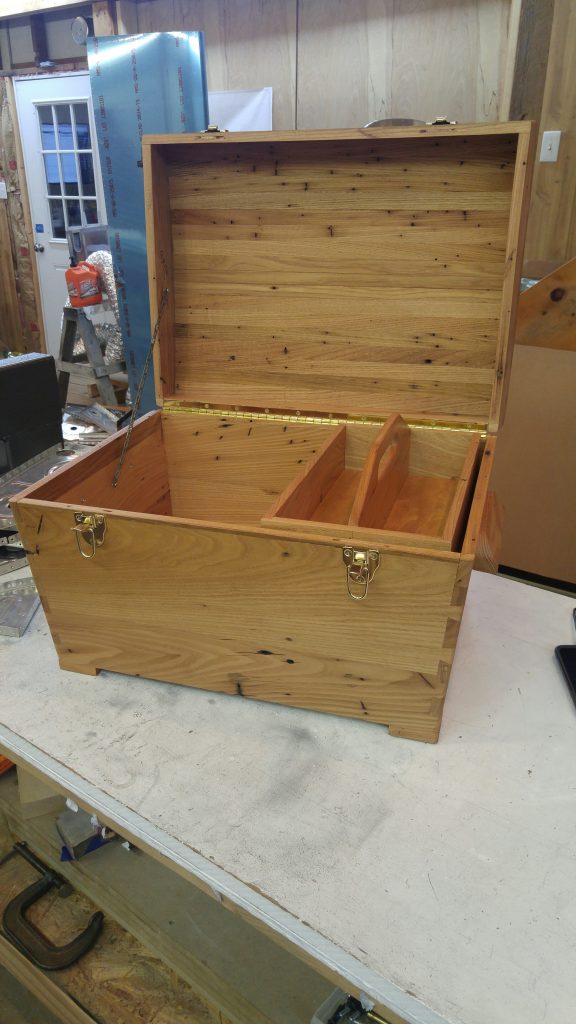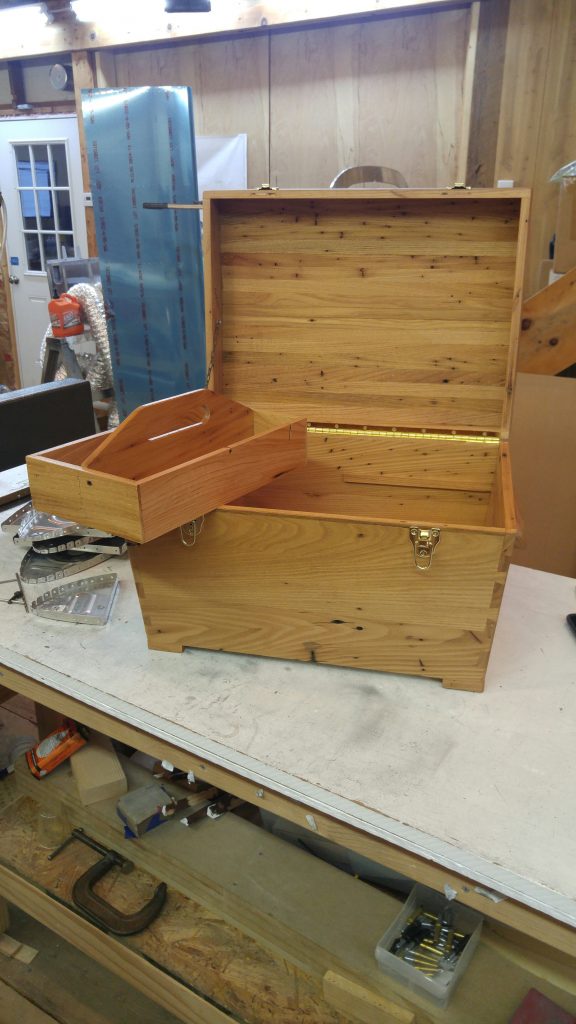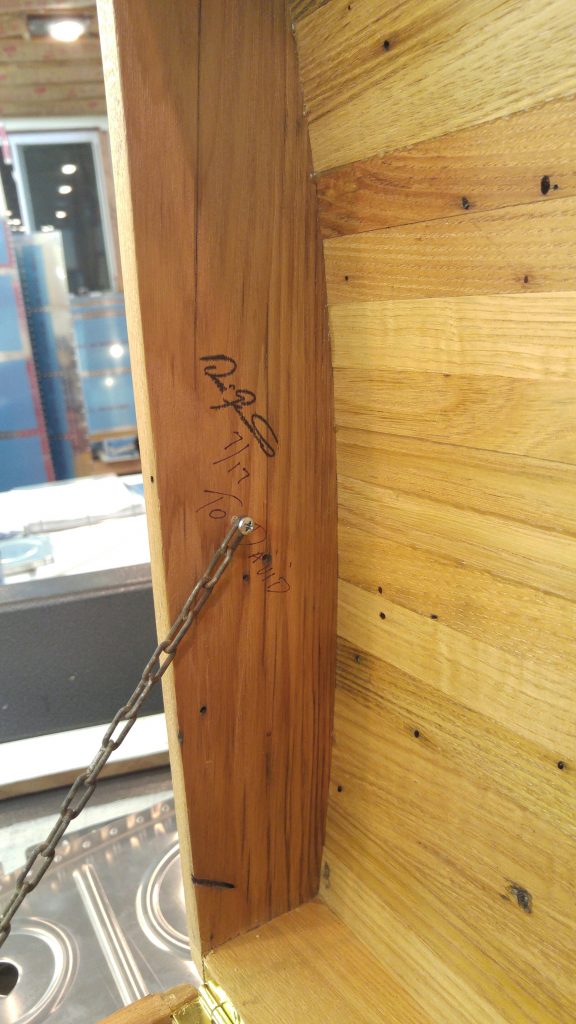In searching the internet for another topic, I came across the following blog post from Justin Twilbeck in 2012:
https://buildingrv10.blogspot.com/2012/10/fuselage-frustration.html
This set my senses tingling, and I slowly turned around from my computer to see F-1015A-L happily waving its joggled flange at me–from OUTSIDE the F-1004D-L channel.
Subsequently, I searched on VAF for F-1015A-L and found this gem of a post from 2010:
https://vansairforce.net/community/showthread.php?t=56456
This is going to require some re-work, and while it shouldn’t be too bad, it brings to light a serious deficiency in the RV-10 plans. While I was working on Page 26-5, I kept thinking that something was wrong with the 1015A ribs, but I couldn’t put my finger on it. There is very little mention of them at all in the plans.
I’m hoping that by posting this and adding to the VAF thread, I can help other builders who might be running into this problem.
